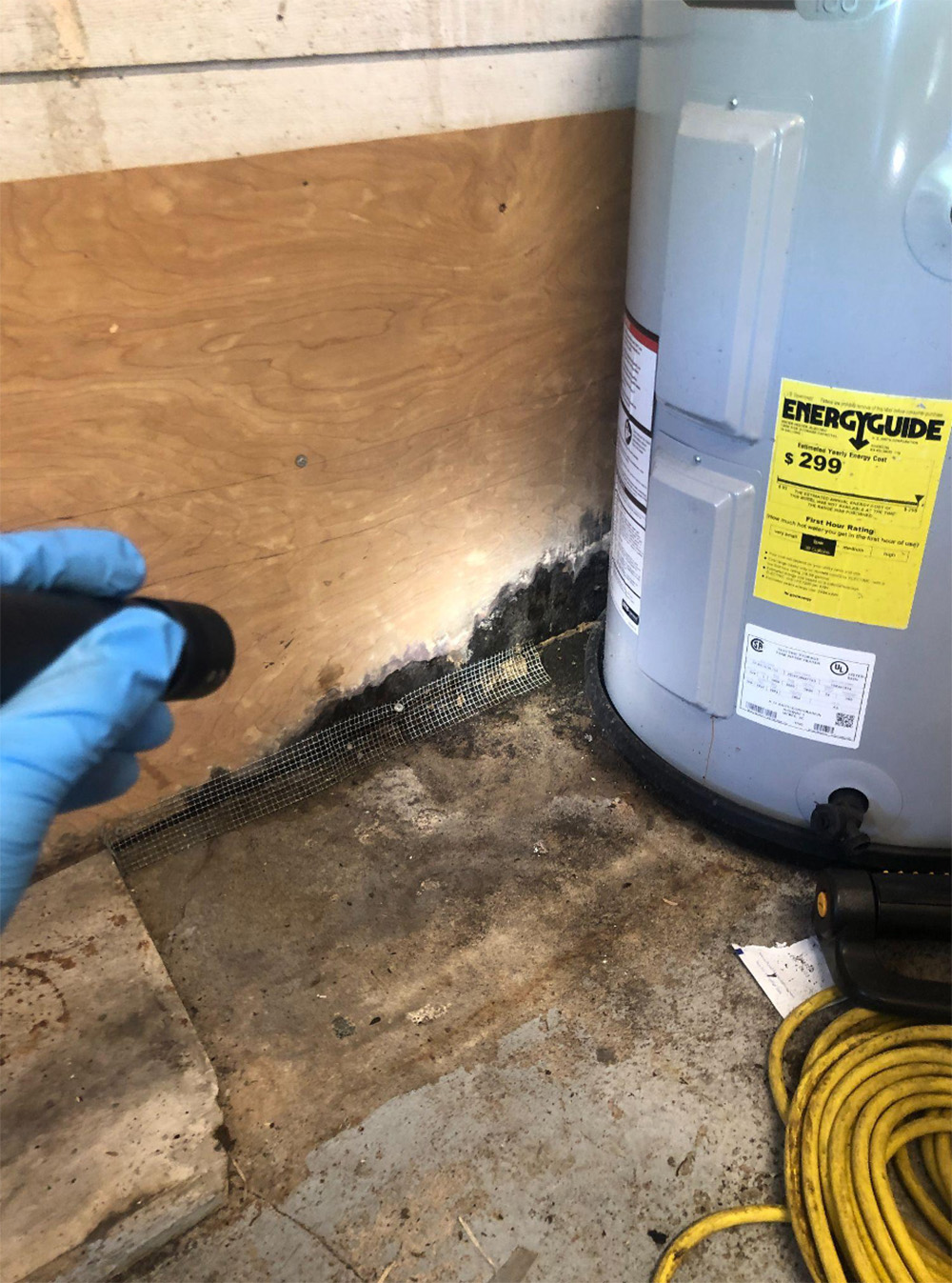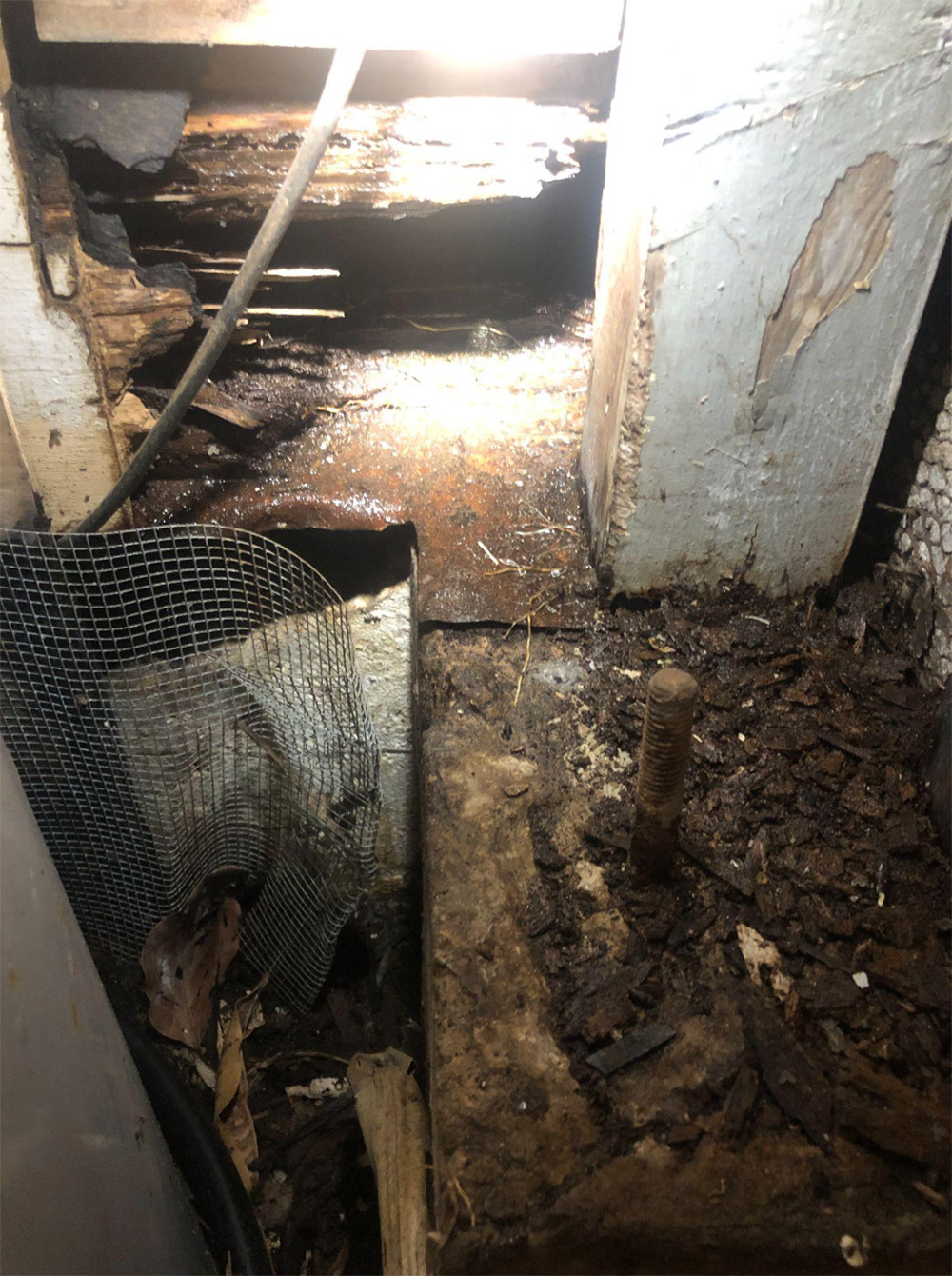Florida is no stranger to frequent and severe weather events, including hurricanes and heavy rainfall that can lead to flooding. While flood insurance is a common consideration for homeowners in the state, the impact of these events goes beyond property damage. One of the significant concerns associated with flooding is the potential growth of mold, which can pose health risks and require extensive remediation efforts. In this article, we will explore the connection between mold, Florida flood insurance, and the importance of mold inspection, air quality testing, water damage inspection, and mold assessment to protect your home and ensure a healthy living environment.
The Link Between Flooding and Mold
When floodwaters enter a home, they bring along not only water but also contaminants, including bacteria, viruses, and mold spores. Excessive moisture and dampness in building materials, such as drywall, carpeting, and insulation, create the ideal conditions for mold growth. Mold can start to colonize within 24-48 hours, spreading rapidly throughout the affected areas and potentially affecting the entire structure if not addressed promptly.
Mold Inspection and Testing
After a flood event, it is crucial to conduct a thorough mold inspection and testing to assess the extent of mold growth and determine the appropriate remediation measures. Professional mold inspectors such as Brett Brunsvold, Full Spectrum Environmental LLC are trained to identify visible signs of mold, as well as hidden mold behind walls or in hard-to-reach areas. They use specialized equipment to measure humidity levels, detect mold spores in the air, and collect samples for laboratory analysis. The results of mold testing provide valuable information about the types and concentrations of mold present, guiding the remediation process.
Air Quality Testing
In conjunction with mold inspection, air quality testing is essential to evaluate the overall indoor air quality in a flood-damaged home. Floodwaters introduce not only mold spores but also other contaminants into the air, such as bacteria, volatile organic compounds (VOCs), and allergens. Air quality testing involves taking air samples from different areas of the home and analyzing them for the presence of these contaminants. It helps determine if the air is safe to breathe and identifies any potential health risks associated with airborne pollutants.
Water Damage Inspection
Before mold growth becomes visible, water damage may already be present within building materials. A water damage inspection is crucial to identify areas of hidden moisture, such as behind walls, under flooring, or in crawl spaces. Moisture meters and infrared cameras are commonly used tools to detect the presence of excessive moisture. Identifying and addressing water damage promptly can prevent mold growth and minimize the need for extensive remediation later on.
Mold Assessment
A comprehensive mold assessment combines the findings from mold inspection, air quality testing, and water damage inspection. It provides a detailed evaluation of the extent of mold contamination, the potential health risks, and recommendations for remediation. A certified mold assessor can perform this assessment, offering expert insights into the severity of the mold problem and the necessary steps to eliminate it effectively.
The Importance of Flood Insurance
Flood insurance is a critical consideration for homeowners in flood-prone areas like Florida. It provides financial protection against flood-related damages to the structure and contents of a home. However, it’s important to note that most standard flood insurance policies do not cover mold remediation unless it is a direct result of a covered flood event. This highlights the significance of taking proactive measures to prevent mold growth and minimize the risk of extensive damage.
Preventing and Mitigating Mold Growth
While flood insurance may cover the costs of repairing flood-damaged areas, it’s in the homeowner’s best interest to prevent mold growth in the first place. Here are some preventive measures to consider:
the flood event.
- Promptly remove standing water and dry out the affected areas after flooding event.
- Thoroughly clean and disinfect all surfaces and items that came into contact with floodwaters.
- Remove and discard any porous materials, such as carpets and upholstered furniture, that cannot be effectively cleaned and dried.
- Ensure proper ventilation by opening windows, using fans, and running dehumidifiers to reduce moisture levels.
- Seal any cracks or gaps in the building’s foundation, walls, or windows to prevent water intrusion in future flood events.
- Regularly inspect and maintain the home’s plumbing system to prevent leaks and water damage.
Mold Remediation and Insurance Coverage
In cases where mold growth is a direct result of a covered flood event, some flood insurance policies may provide limited coverage for mold remediation. It is essential to review your policy carefully and understand the specific coverage and limitations related to mold. Working with a reputable mold remediation company experienced in dealing with insurance claims can help navigate the process and ensure that the necessary documentation and evidence are provided to support your claim.
Additionally, some homeowners’ insurance policies may offer optional mold coverage as an add-on or endorsement. It is worth exploring these options to ensure adequate protection against mold-related damages. Having a mold inspection and air quality testing performed after a flood event is important. Companies like Full Spectrum Environmental based out of West Palm Beach, Florida, specialize in mold and air quality assessments.
Health Risks and Potential Consequences
The presence of mold in a home can have severe health implications for its occupants. Mold spores, when inhaled, can trigger allergic reactions, respiratory issues, and even cause infections in susceptible individuals. Prolonged exposure to mold can lead to chronic health problems and exacerbate pre-existing conditions such as asthma or allergies.
Furthermore, if mold growth is not addressed promptly and effectively, it can cause significant structural damage to the property. Mold can deteriorate building materials, weaken the structural integrity, and result in costly repairs or even render the property uninhabitable. This is why it is important to employ a licensed mold testing company like Full Spectrum Environmental LLC, a mold and air quality testing company in West Palm Beach, Florida. A company like Full Spectrum Environmental will perform a mold assessment, air quality sampling and inspect for water damage to ensure there is no mold growth.
Conclusion
In flood-prone regions like Florida, the connection between flooding, mold growth, and indoor air quality cannot be ignored. Mold inspection, air quality testing, water damage inspection, and mold assessment play pivotal roles in identifying and addressing mold-related issues after a flood event. By taking proactive measures, such as proper moisture control, timely remediation, and thorough insurance coverage evaluation, homeowners can protect their homes, preserve their health, and mitigate the potential long-term consequences of mold exposure.
Remember, prevention is key. While flood insurance provides financial protection, the best defense against mold growth is to address water damage promptly and implement effective moisture control measures. By staying vigilant and taking necessary precautions, homeowners can ensure a safe and healthy living environment, even in the face of challenging weather conditions.







